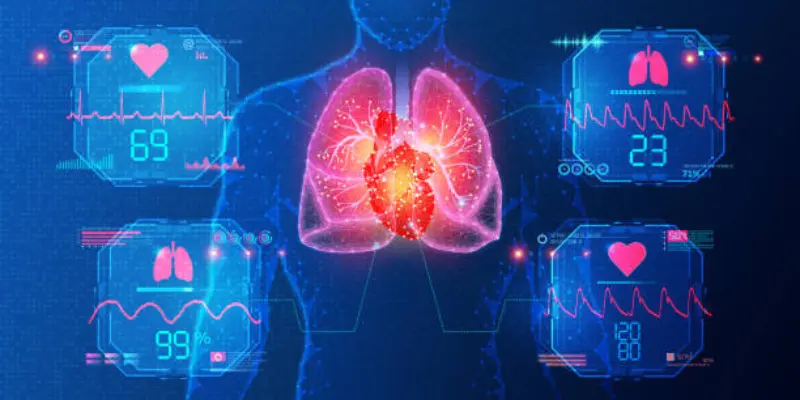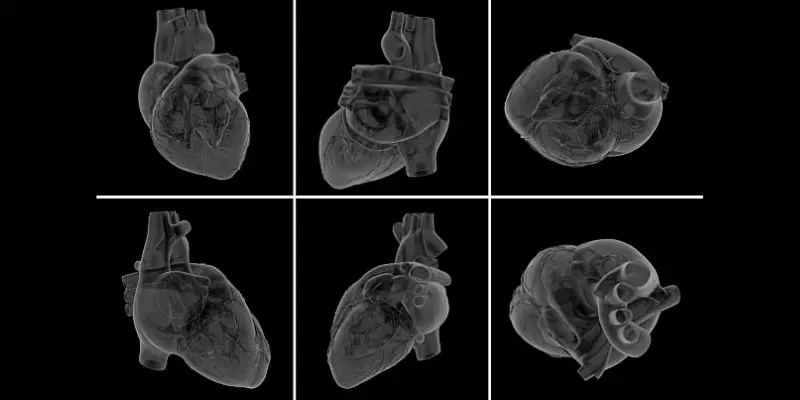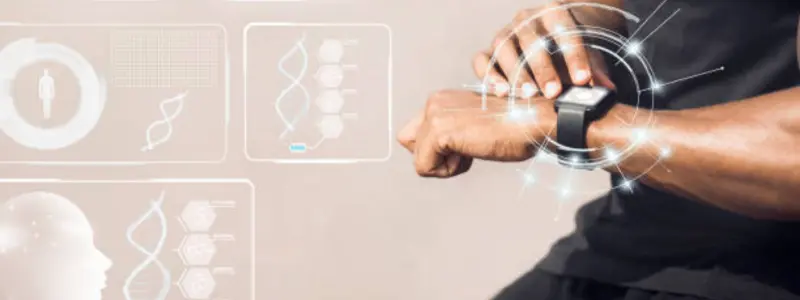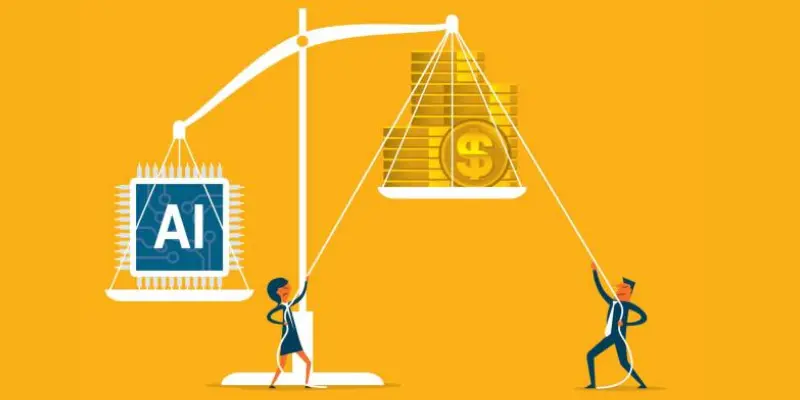AI in Interventional Cardiology: Use Cases and Devices
Published: 11 May 2025
Have you ever wondered how cardiologists make the right decisions during complex heart procedures? With the advent of AI in interventional cardiology, doctors now have access to powerful tools that can enhance precision and speed in diagnosing and treating heart conditions.
AI in interventional cardiology is upgrading heart disease treatments. With the ability to analyze large amounts of patient data quickly, AI assists doctors in making more accurate decisions during procedures. From imaging enhancements to real-time guidance, AI is reshaping how cardiologists approach heart care, ultimately improving patient outcomes and reducing recovery times.
But how exactly does AI help in such high stakes situations and can it truly improve the outcome of heart treatments? Let’s find out

What is Interventional Cardiology?
Interventional cardiology is a medical specialty that focuses on diagnosing and treating heart diseases without the need for surgery. This often involves procedures like balloon angioplasty, stent placements and catheter-based treatments. These minimally invasive treatments allow doctors to fix problems in the heart and blood vessels through small incisions rather than major surgery.
The Role of AI in Healthcare
AI refers to machines or software that can analyze data, learn from it and make decisions without human input. In healthcare, AI helps doctors by providing fast and accurate insights from large amounts of patient data. In interventional cardiology, AI tools assist doctors in making better decisions such as identifying heart issues earlier or guiding them during delicate procedures.
Key Use Cases of AI in Interventional Cardiology
AI is doing some amazing work in heart care. It helps doctors at every step, from checking your heart health to guiding tools during treatment. Let’s explore four key areas where AI is making a real difference.
1. Smarter Diagnosis and Quick Decisions
When someone has chest pain or heart trouble, every second matters. Doctors need fast and accurate information. AI helps by reading patient data quickly and giving useful insights. It doest mean it’s replacing doctors but it supports them. This makes diagnosis faster and more reliable.
How AI Helps:
- Reads ECGs, scans and lab reports in seconds
- Spots early signs of heart problems
- Suggests possible conditions for the doctor to review
- Reduces time spent on manual checks
- Offers decision support during emergencies
Example:
A 60 year old man visits the hospital with chest pain. AI reviews his ECG and medical history in under a minute. It detects an early-stage heart attack and alerts the care team. The doctor starts treatment right away and avoids major damage.
2. Better Heart Images with AI Help
Doctors rely on images to understand what’s happening inside the heart. But sometimes, these images are not clear enough. AI improves these pictures by removing background noise and sharpening the view. It also helps doctors find problems they might miss.
How AI Helps:
- Enhances CT and MRI heart images
- Highlights narrowed blood vessels or weak heart areas
- Creates 3D models for better planning
- Detects hidden or minor issues early
- Makes images easier to read and understand
Example:
During a routine scan, AI improves the image of a heart artery. It highlights a small blockage that was not clearly visible. The doctor now treats it early, before it turns into a serious heart attack.

3. Real-Time Help During Procedures
Some heart procedures use thin tubes called catheters that go through blood vessels. Doctors guide these tubes toward the heart. This can be tricky. AI gives real-time help by showing the best path and warning about risks. It works like a smart assistant during surgery.
How AI Helps:
- Tracks tool position in real time
- Suggests the safest route through arteries
- Alerts doctors to sharp turns or narrow areas
- Adapts if the patient’s condition changes
- Makes complex steps easier to manage
Example:
A doctor is placing a stent inside a blocked artery. AI helps by showing the path on a screen. It alerts the doctor when the catheter nears a tight spot and suggests adjusting the angle. The procedure is smoother and faster.
4. Smarter Monitoring After Procedures
Recovery is just as important as the procedure itself. AI continues to support care by tracking a patient’s health after treatment. It works through wearables, monitors or hospital systems. AI watches for early signs of trouble and notifies doctors.
How AI Helps:
- Monitors heart rhythm, blood pressure and oxygen levels
- Spots irregular patterns that need attention
- Sends real-time alerts to healthcare teams
- Helps prevent emergency visits or readmissions
- Supports safer and more personal recovery plans
Example:
After a stent procedure, a patient wears a smart heart monitor at home. One night, the AI detects a sudden change in heart rhythm. It sends an alert to the doctor, who calls the patient in for a check-up. A major issue is prevented.
Devices Powered by AI in Interventional Cardiology
AI is not just software, it also powers smart medical devices. These devices work with doctors during diagnosis, treatment and recovery. They help to make heart care faster, safer and more personal. Let’s look at the types of devices making this happen.
1. AI-Powered Imaging Systems
These machines scan the heart and blood vessels. With AI, the images become clearer and more detailed. This helps doctors see exactly what’s going on inside the body.
How These Devices Help:
- Show sharp, 3D views of the heart and arteries
- Highlight problems like blockages or weak spots
- Help doctors plan procedures with more confidence
- Reduce the need for repeat scans
- Save time during diagnosis
Example:
A patient needs a heart scan before surgery. The AI-powered imaging system gives a clear 3D view of the heart. It shows the exact location of a blockage which helps the doctor prepare better.
Also Read: AI Catheters in in urology
2. Robotic-Assisted Catheter Systems
Some procedures use robots to guide catheters through tiny blood vessels. AI controls the movement of the tools, making them steady and precise.
How These Devices Help:
- Move more steadily than human hands
- Reduce strain on doctors during long procedures
- Allow doctors to work from a control panel
- Improve accuracy when placing stents or balloons
- Lower the chance of injury to the artery walls
Example:
During a complex artery procedure, the doctor uses a robotic system. The AI-guided catheter moves smoothly through the artery and places the stent with exact precision.
3. Smart Wearables for Recovery
Wearables like patches or wristbands track a patient’s health after the procedure. They send data to the doctor in real time. AI reviews the data and watches for anything unusual.
How These Devices Help:
- Track heart rate, rhythm and oxygen levels all day
- Alert doctors about sudden changes
- Helps to avoid hospital readmissions
- Make recovery safer and easier at home
- Give peace of mind to patients and families
Example:
After going home, a patient wears a smart patch that tracks their heart 24/7. One evening, it picks up signs of irregular heartbeat. The doctor gets an alert and calls the patient in for a quick checkup.

4. AI-Integrated Cath Lab Systems
A cath lab is a special room where heart procedures happen. Now, some cath labs have AI tools built in. These tools help with planning, guidance and decision-making during the procedure.
How These Devices Help:
- Display smart maps of the heart’s blood vessels
- Suggest best entry points and pathways
- Track tool positions live during the procedure
- Offer reminders or safety checks for doctors
- Help in training new cardiologists with guided support
Example:
In an AI-equipped cath lab, a doctor is placing a balloon in a narrowed artery. The system shows a smart map and suggests the shortest, safest route. This avoid delays and keeps the patient safe.
Challenges and Limitations of AI in Interventional Cardiology
AI brings many benefits to heart care. But like all tools, it has limits. It’s important to know what AI can and can’t do. This helps us stay realistic and safe while using new technology.
1. AI Needs Human Guidance
AI can analyze data and give smart suggestions. But it still needs doctors to make final decisions. A machine can’t feel, ask questions or understand emotions.
What This Means:
- Doctors must review every AI suggestion
- AI can miss rare or unexpected conditions
- Final choices still depend on human experience
- AI can’t replace personal care or empathy
Example:
An AI tool suggests one treatment based on data but the doctor chooses another because they know the patient’s full medical history. That human judgment makes a big difference.
2. High Cost of AI Tools
Smart devices and AI systems are expensive. Not all hospitals can afford them. This makes access to AI uneven.
What This Means:
- Advanced AI may only be in big hospitals
- Smaller clinics might not have access
- Patients in rural areas may miss out
- Ongoing costs include updates and training
Example:
A rural clinic still uses older machines for heart scans, while a city hospital uses AI-enhanced imaging. This creates a care gap between locations.

3. Data Privacy and Safety Risks
AI needs lots of data to work well. But storing and sharing health data brings privacy concerns. If the data is not protected, it can be misused.
What This Means:
- Strong rules are needed to protect patient data
- Hackers may target health systems
- Patients must know how their data is used
- Trust must be built with full transparency
Example:
A hospital uses AI to track heart data. They must use strong encryption to make sure no one outside can access it without permission.
4. Not Every System Works the Same
AI systems are trained using past data. If the data is not diverse, the tool may not work well for every patient. This can lead to mistakes.
What This Means:
- AI may be less accurate for certain age groups or ethnicities
- Results can vary between hospitals or systems
- Tools need regular updates and checks
- Bias in data can cause wrong suggestions
Example:
An AI trained mostly on male patient data may miss signs of heart trouble in women because symptoms are often different.
Conclusion: A Smarter Heart Care Journey with AI
AI is changing how we treat heart problems. From early diagnosis to helping during complex procedures, it supports doctors every step of the way. It makes the care faster, safer and more personal.
But AI is not magic. It needs skilled doctors, good data and proper tools to work well. It can’t replace human care but it can make that care even better.
As this technology grows, more hospitals will use AI. Patients will get faster help. Doctors will make better decisions. And lives will be saved.
So, whether you are a patient, caregiver or just curious, now you have a better idea of how AI is helping hearts heal smarter.
Still Got Questions?
Here are frequently asked questions about AI in Heart Surgeries:
Current AI systems typically achieve 85-95% accuracy depending on the task, comparable to experienced cardiologists. Many hospitals use AI as a “second opinion” rather than replacing human expertise. The best outcomes come from combining AI analysis with human clinical judgment.
While AI systems are expensive initially, they can reduce costs over time by preventing complications and shortening hospital stays. Patients may see lower costs as the technology becomes more widespread and efficient. Early detection enabled by AI can also reduce the need for more expensive treatments later.
Yes, AI algorithms can analyze patient data to identify patterns that predict future heart problems. These systems can detect subtle changes in test results years before traditional methods would raise concerns. Early identification allows for preventive measures like lifestyle changes before serious conditions develop.
Basic training typically takes 1-2 weeks for cardiologists to learn the interface and interpretation of AI-assisted tools. Full proficiency usually develops over 3-6 months of regular use. Many newer systems feature intuitive designs that reduce the learning curve.
Consumer wearables like Apple Watch and Fitbit now include AI-powered heart monitoring features. More specialized devices with prescription-grade monitoring are becoming available for at-risk patients. These tools can detect irregular heartbeats and other warning signs, then alert users to seek medical attention.
AI systems may struggle with extremely rare conditions not well represented in their training data. Manufacturers are continuously expanding training datasets to include more unusual cases. For now, human oversight remains crucial when dealing with uncommon cardiac presentations.
AI systems are designed with multiple safety checks and typically provide guidance rather than control. The cardiologist always maintains final authority and can override AI recommendations. Clear protocols exist for how to proceed if AI and human assessments differ.
Yes, AI systems can analyze ECGs in ambulances and emergency rooms within seconds to identify heart attacks. This rapid diagnosis helps activate cardiac teams faster and prepare for procedures before the patient arrives. Every minute saved in treating heart attacks significantly improves survival rates.
Most major insurance companies now cover AI-assisted cardiac procedures similarly to traditional methods. Coverage is growing as more studies demonstrate improved outcomes and cost-effectiveness. Patients should check with their insurance provider about specific coverage details.
Hospitals typically include AI use in their general consent forms for cardiac procedures. Patients have the right to ask questions about how AI will be used in their care. Healthcare providers are responsible for explaining the role of AI in treatment decisions in understandable terms.





